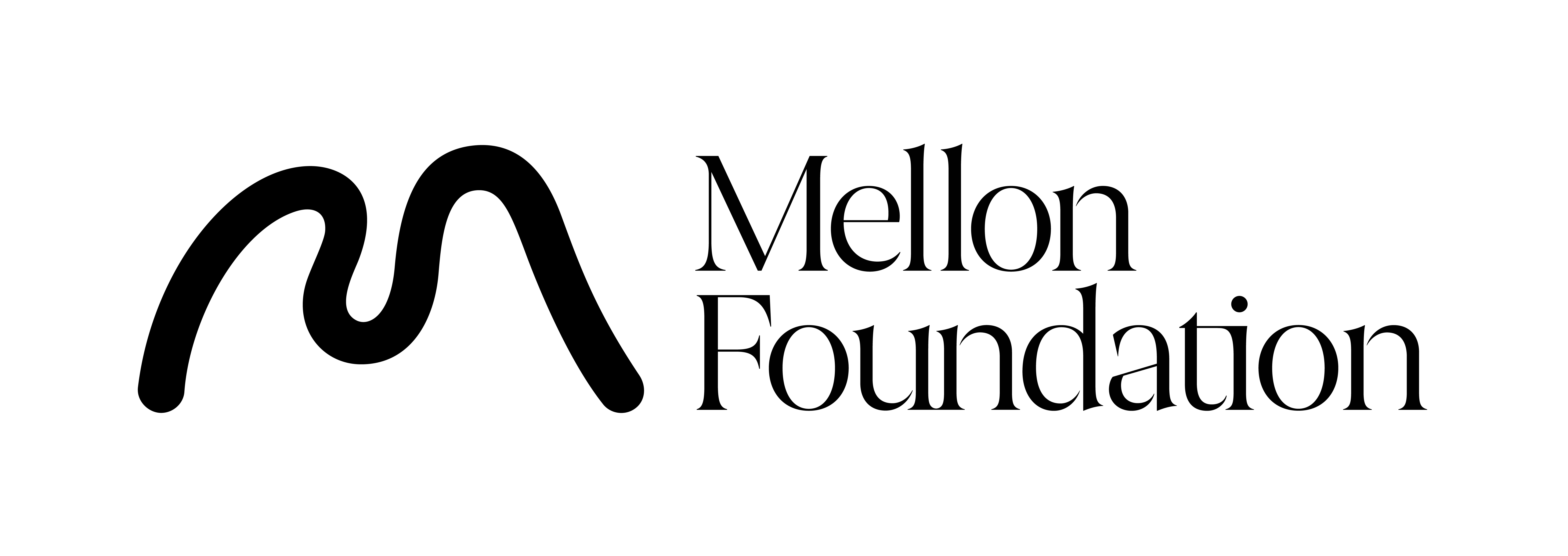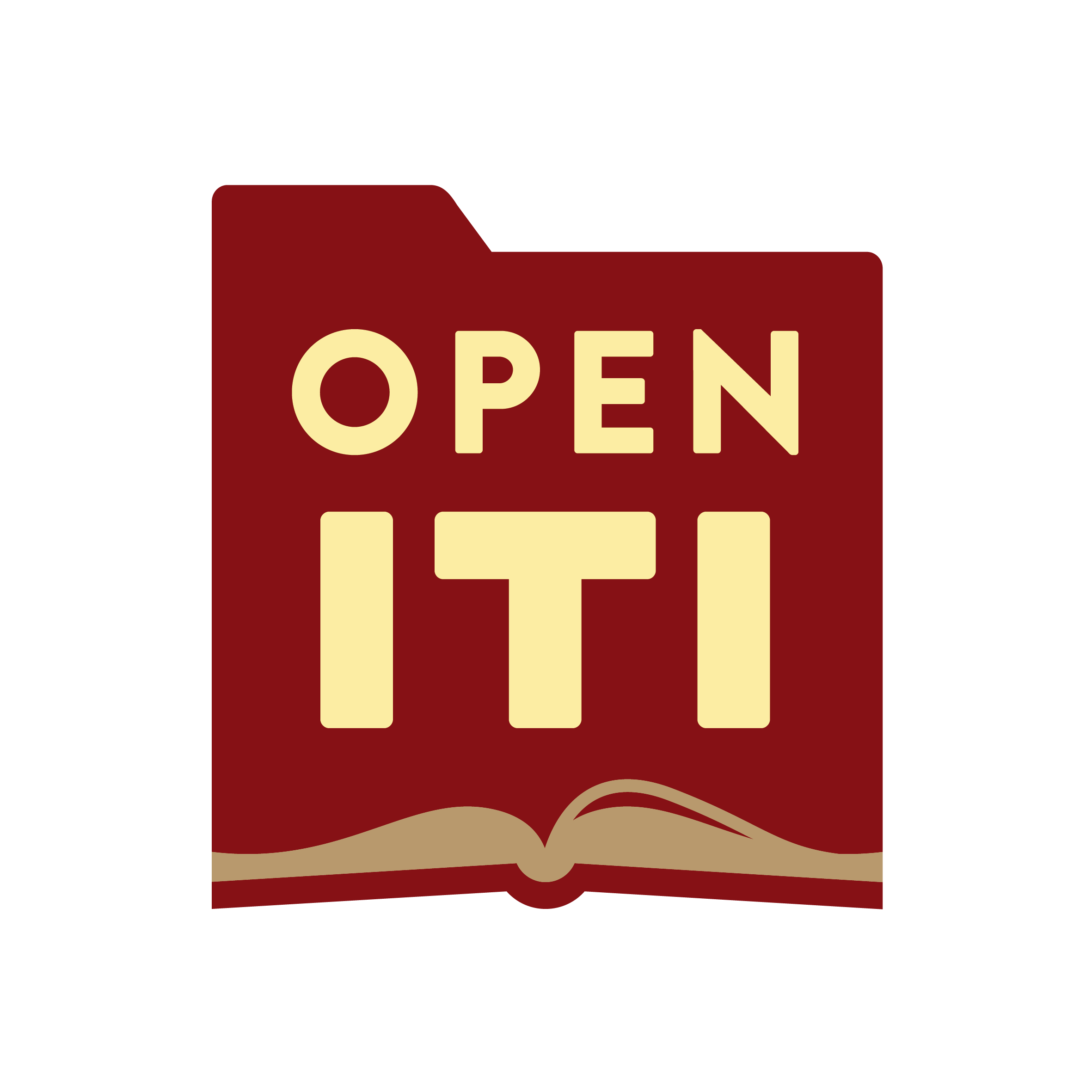This week’s post comes courtesy of Atiyeh Taghiei, one of our five summer course students, and discusses the text and manuscript tradition with which she worked this summer as part of the OpenITI multi-witness manuscript text project.
_________________________________
The Nahj al-balāgha (often translated as “Path or Peak of Eloquence”) is a compilation of the sermons and letters of the first Shi’i Imam and fourth Caliph, ʿAlī ibn Abī Ṭālib (d. 661). The compilation contains over 200 sermons and is a primary source of teachings, traditions, and guidance for Shi’i Muslims in particular. The ʿAbbasid-era scholar al-Sharīf al-Raḍī (d. 1015) is attributed with the compilation of the Nahj al-Balāgha. The text covers a broad range of topics, beginning with a description of God’s creation of the universe, prophethood, the essence of faith, and more, with a number of moral directives and exhortations incorporated throughout.
The Nahj al-balāgha has been translated widely and has inspired hundreds of commentaries. The text is often considered one of the greatest works of Arabic literature, and as noted by Moktar Djebli,
As its title reliably indicates and in accordance with the aspiration of its compiler, this book asserts the “joys of the Arabic language” (Nahd̲j̲, i, 2). The powerful assonance of its prose, its sometimes studied rhetoric, its remarkable eloquence, its gripping images, its sober, unpolished and relatively obscure mode of expression, Bedouin wisdom and sensibility blended with Islamic delicacy and vision—all of these constitute the literary worth of the Nahd̲j.
(“Nahdj al- Balāgha,” in: Encyclopaedia of Islam, Second Edition)
Manuscript of the Nahj al-balāgha (1079AH/1671 AD) from the National Museum of New Delhi collection, accessed via the museum’s partnership with Google Arts and Cultures.
Owing to its place in Shi’i thought and the status of Imam ʿAlī ibn Abī Ṭālib more broadly, countless manuscripts of the Nahj al-balāgha are extant today. Some of the earliest copies hail from the 6th/13th century, and an edition held in the Imam Reza Museum in the collection of manuscripts of the Organization of Libraries, Museums and Astan Quds Razavi Documentation Center is alleged to be the oldest uncovered to date. Given the expanse and range of manuscripts of the Nahj al-balāgha, this summer, I sought to compare digitized manuscripts of the text from varying historical contexts. For this work, I focused on the first sermon of the compilation. While many manuscripts of the text are extant, less than a fraction of these have been digitized and/or are available to view and download online.
Given the Nahj al-balāgha’s place in the canon, I was especially interested in understanding the variants between manuscript editions. The text contains few variants across the manuscripts I studied but debates between scribes can be found in the paratextual elements, in the form of later insertions.
The Union Catalogue of Manuscripts from the Islamicate World lists six manuscripts of the Nahj al-balāgha (including three from India in the 18th and 19th centuries). In addition to these, manuscripts of the Nahj al-balāgha can be found in digitized collections such as the Library of Congress and the Princeton University Catalogue.
 An undated manuscript of the Nahj al-balāgha available through the Princeton University Catalogue (Islamic Manuscripts, Garrett no.432Y)
An undated manuscript of the Nahj al-balāgha available through the Princeton University Catalogue (Islamic Manuscripts, Garrett no.432Y)
Using eScriptorium, I transcribed and examined the first sermon of some digitized manuscripts of the Nahj al-balāgha including an excerpt from the Mukhtār min kalām Amīr al-Muʼminīn manuscript in the Library of Congress collection. This manuscript (LoC PJ7698.A5 A2 1679) was written in naskh script and copied in Rabīʻ al-ākhir 1090 [May/June 1679]. The original location of the manuscript is unknown, though the scribe is noted as a certain Ibn Muḥammad Ṣālih Muḥammad Saʻīd Ashraf.
The manuscript contains a number of reader’s notes – involving the addition of relevant traditions – as well as interlinear notes. A later hand has also intervened and provided his corrections in red ink as pictured below.
 Manuscript Image 17: A later scribal intervention in red. As Dr. Osama Eshera highlighted, the serif included on the lām is not the habit of the original scribe.
Manuscript Image 17: A later scribal intervention in red. As Dr. Osama Eshera highlighted, the serif included on the lām is not the habit of the original scribe.
 Manuscript Image 14: A selection of the first sermon of the Nahj al-balāgha which describes the fashioning of Adam from a mixture of clay, with a marginal note describing that the addition of the tāʾ marbūṭa to ṭin indicates a special/specific clay.
Manuscript Image 14: A selection of the first sermon of the Nahj al-balāgha which describes the fashioning of Adam from a mixture of clay, with a marginal note describing that the addition of the tāʾ marbūṭa to ṭin indicates a special/specific clay.
Another unique digitized copy of the Nahj al-balāghah can be found in a manuscript held by the Imam Zayd ibn Ali Cultural Foundation (ymdi_04_08) that was copied between 1684 and 1685. The Yemeni naskh script of the manuscript is written with very little spacing between lines. The first sermon is contained within only four folios. This edition is unvocalized and instances of the hamzah are replaced with the letter yaa. The manuscript is hosted online as part of the Yemeni Manuscript Digitization Initiative.
A preliminary review of digitized Nahj al-balāgha manuscripts highlights the diversity of editions across regions, centuries, and scripts. Further investigation into these diverse manuscripts and a close comparison of the variations and reader’s notes will provide fascinating historical insight. Whether you are new to the text or an avid reader, consider using one of the many wonderful, digitized manuscripts of the Nahj al-balāgha the next time you read!
I would like to extend my gratitude to OpenITI and Dr. Jonathan Parkes Allen for leading the Islamicate Paleography and Codicology Summer Course and facilitating the opportunity to study dozens of manuscripts of different Islamicate texts across regions and contexts and to Dr. Osama Eshera for his guidance.
Atiyeh Taghiei is a doctoral student in the Department of Near Eastern Languages and Cultures at UCLA in the Program for Islamic Studies. Atiyeh is a social historian of the Middle East whose research focuses on medieval ziyāra practices and literature, inter- and intra-religious pluralism, and sectarianism.
She may be reached through the Program for Islamic Studies website and found on LinkedIn.





